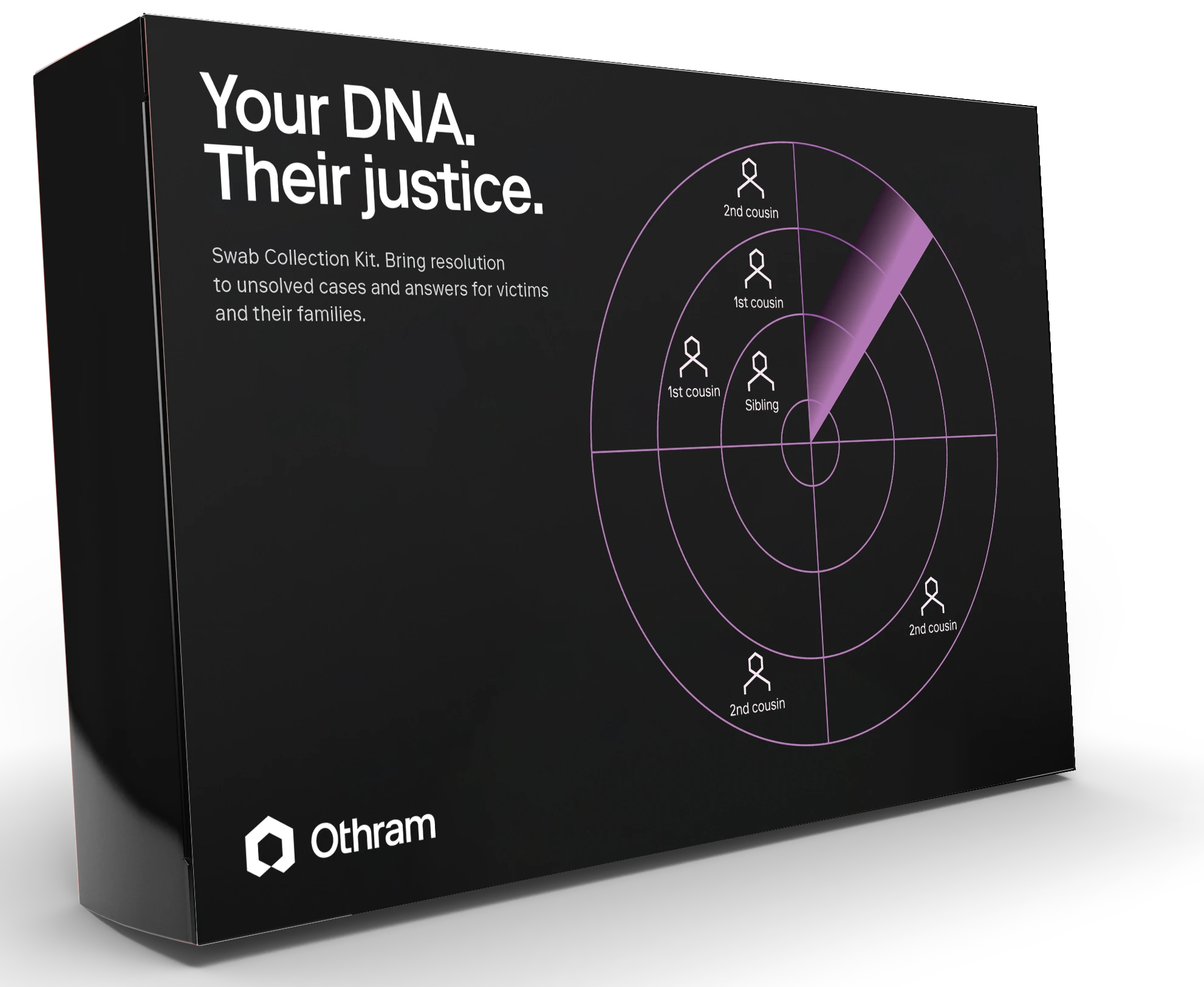21st century
forensics.
Othram is revolutionizing how forensic cases are solved, justice is served, and families are mended.
The missing
link to missing
persons.
Recent
Casework
The best
case scenario.
